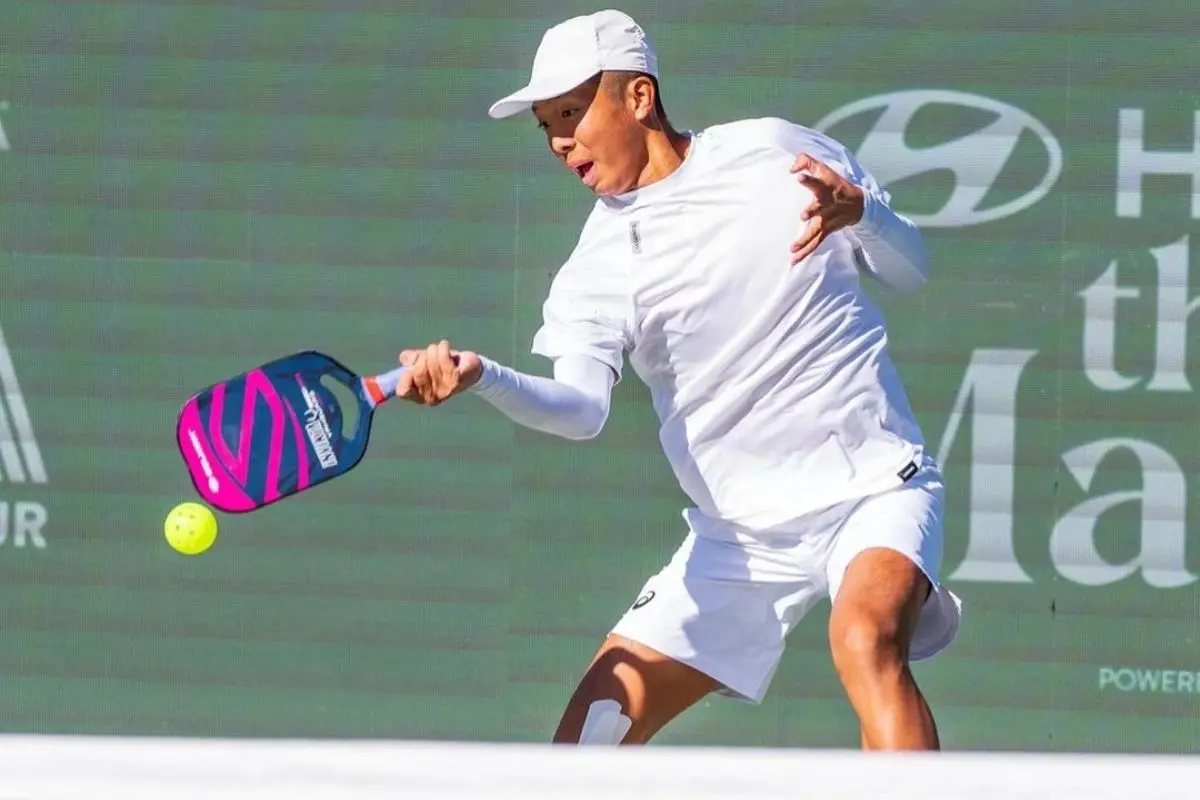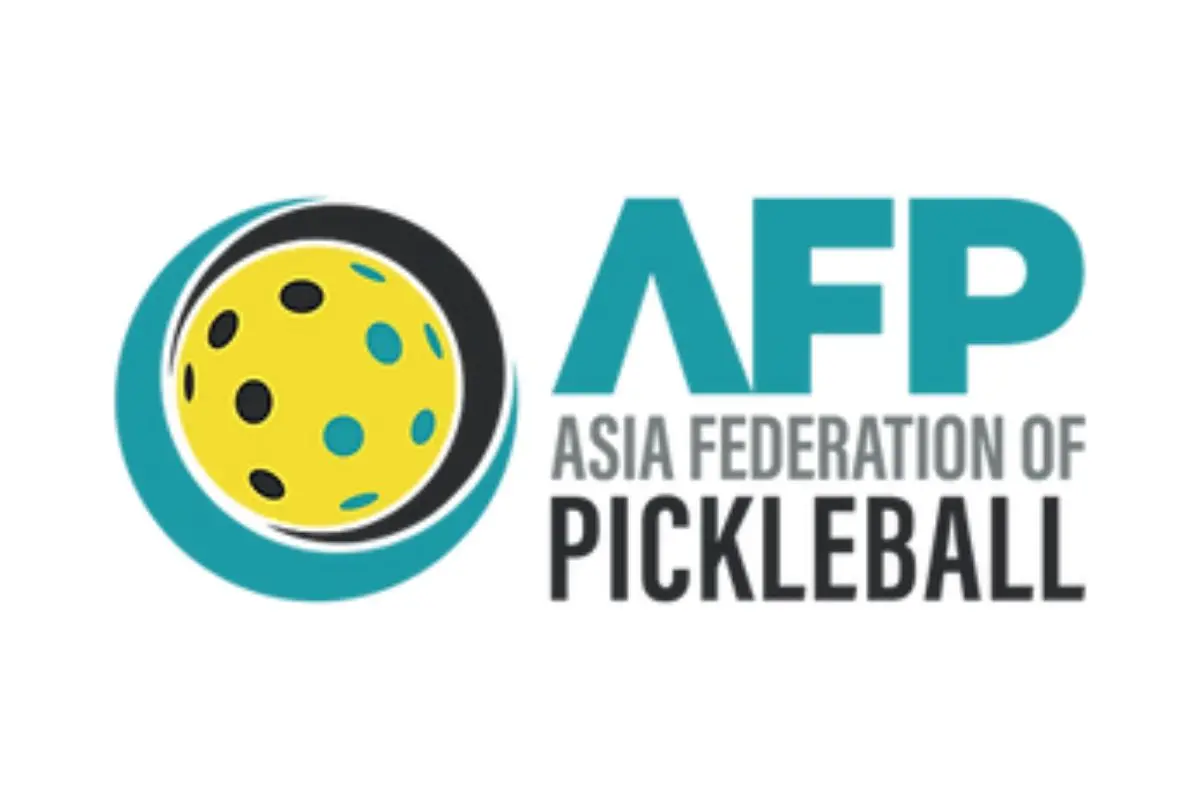Asia Set to Overtake America in Pickleball: The sport of pickleball is expanding rapidly, and few are more optimistic about its future than Steve Kuhn, the visionary behind Major League Pickleball (MLP). With a keen eye on global trends, Kuhn believes that Asian players are assured to dominate the sport in years to come, a stark contrast to its American roots. This ambitious outlook is accompanied by significant developments, including the opening of Hong Kong’s first indoor pickleball club in Causeway Bay. As Kuhn and his partners look to establish multiple venues across the region, the stage is set for pickleball to break through into the mainstream, challenging the dominance of traditional sports.
The Asian Surge in Pickleball: A New Era of Competition
The global landscape of pickleball is shifting, with Steve Kuhn predicting that Asian players will soon dominate the sport. This anticipation comes on the heels of his collaboration with Bay Pickle to establish Hong Kong’s first indoor pickleball club. As interest in pickleball surges in Asia, the groundwork is being laid for a competitive environment that mirrors the explosive growth seen in the United States. Kuhn’s confidence stems from historical patterns in sports, noting how table tennis transitioned from an English invention to an Asian stronghold.
Kuhn’s insights suggest that the enthusiasm for pickleball in Asia could mirror the rapid growth seen in the U.S., where participation skyrocketed from a few hundred thousand players to around 40 million in just eight years. This trajectory indicates a strong potential for pickleball to become ingrained in the culture of various Asian countries. Kuhn believes that once the sport gains traction, it will be difficult to contain its popularity.
Adding to this momentum, Minor League Pickleball (MiLP) has announced its ambitious expansion into China. This significant development marks a monumental milestone for the sport, as MiLP takes the lead in establishing a competitive framework for pickleball in the region. The initiative aims to cultivate a vibrant community of players and fans, laying the foundation for a competitive landscape that could rival that of the United States.
With increased participation rates and investment in coaching, the next generation of players in Asia could redefine standards of excellence in pickleball. The expansion of MiLP into China boosts visibility and opens avenues for grassroots programs that can nurture local talent, fostering an environment where competitive play thrives.
Economic Viability: Why Pickleball is the Smart Investment
One of the key factors driving the growth of pickleball is its economic viability, particularly from an investment standpoint. Kuhn highlights that pickleball courts can be more lucrative than traditional tennis courts, as three pickleball courts can fit into the space of one tennis court. This density allows for increased revenue generation, making it an appealing option for club owners and investors.
The shift from tennis to pickleball in many clubs shows this economic logic. With a higher potential for player traffic, clubs can capitalize on the growing demand for pickleball, which is especially attractive in an era where sports facilities must adapt to changing preferences. As more tennis clubs convert courts to accommodate pickleball, the sport’s financial viability becomes even clearer.
Kuhn’s assertion that pickleball could become one of the top five most-played sports in the world within the next decade emphasizes its potential for massive growth. This potential draws in not only casual players but also serious investors looking for lucrative opportunities. The business model of pickleball—combined with its increasing popularity—creates a compelling case for stakeholders to dive in.
The expansion of MiLP into China will likely catalyze similar transformations in the region. By establishing a structured league system, MiLP can attract sponsors, create jobs, and boost local economies, fostering a sustainable ecosystem for the sport. As the market for pickleball grows, so too does the potential for economic benefits that extend beyond just recreational play.
The Social Element: Building Community Through Pickleball
Beyond its economic appeal, one of the standout features of pickleball is its social aspect. Kuhn emphasizes that the sport fosters camaraderie and friendship among players, making it more than just a competitive endeavor. Unlike some sports where years of practice are needed to truly enjoy the game, pickleball offers instant gratification, allowing newcomers to have fun right from their first session.

This social dynamic is crucial for the sport’s growth, especially among younger players who are increasingly seeking community-driven activities. Kuhn believes that as more individuals engage in pickleball, they will naturally gravitate toward watching the sport, creating a virtuous cycle of participation and viewership. For the younger generation, pickleball can become not just a pastime but a lifelong passion that intertwines with their social lives.
The emergence of “Cinderella stories”—players from humble beginnings rising to prominence—also adds a narrative that appeals to audiences and participants. Stories like that of Quang Duong, the Vietnamese men’s singles world No. 7, showcase how talent can emerge from unexpected places, drawing more people to the sport. These narratives contribute to a broader cultural acceptance and excitement around pickleball.
News in Brief: Asia Set to Overtake America in Pickleball
Steve Kuhn’s vision for pickleball is nothing short of transformative. By identifying and capitalizing on the potential of Asian markets, he is positioning the sport for unprecedented growth. The establishment of indoor clubs in Hong Kong and plans for expansion throughout Asia signal a commitment to nurturing local talent and fostering a competitive environment.
As Kuhn confidently predicts a future where pickleball becomes one of the top five sports globally, the implications are profound. Not only could this elevate the profile of Asian athletes, but it could also reshape how pickleball is perceived and played worldwide. As the sport gains Olympic recognition and visibility through celebrity endorsements, the future looks bright for all players and fans. The journey has just begun, and if Kuhn’s predictions hold, pickleball may soon be at the center of the sporting world.
ALSO READ: The Rise of Pickleball in Asia: India’s Growth Spurt and China’s Ambitions


